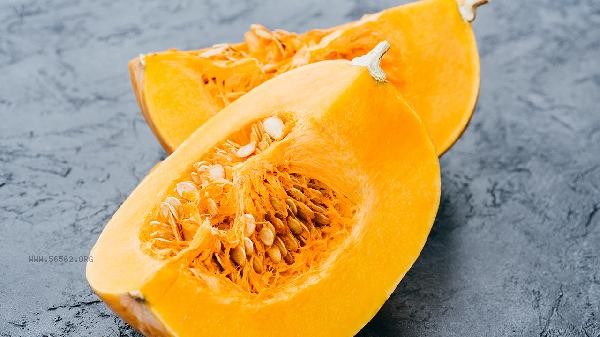The most effective ways to lower blood pressure through diet include a low sodium diet, increasing potassium intake, controlling alcohol intake, adopting the DASH diet model, and supplementing dietary fiber. These methods work synergistically by regulating electrolyte balance in the body, improving vascular function, and reducing inflammatory reactions.

1. Low sodium diet:
Controlling daily sodium intake below 1500 milligrams can significantly lower blood pressure. Avoid processed foods, pickled foods, soy sauce and other high sodium foods, and use spices instead of salt when cooking. High sodium diet will lead to water retention, increase blood volume and vascular pressure.
2. Increase potassium intake:
Daily intake of 4700 milligrams of potassium can neutralize the pressor effect of sodium. Bananas, spinach, avocados, sweet potatoes, and other potassium rich foods can promote sodium excretion and relax vascular smooth muscle. Potassium deficiency can exacerbate the adverse effects of sodium on blood pressure.
3. Control alcohol intake:

Men should drink no more than 2 standard drinks per day, and women should drink no more than 1 drink per day. Excessive alcohol consumption can damage the endothelium of blood vessels and activate the renin-angiotensin system. Although polyphenols in red wine have a certain vascular protective effect, their total amount still needs to be strictly controlled.
4. DASH dietary pattern:
This diet emphasizes fruits, vegetables, whole grains, low-fat dairy products, and limits red meat and sweets. Research has shown that the DASH diet can reduce systolic blood pressure by 8-14 mmHg within two weeks, through mechanisms involving improved insulin sensitivity and reduced oxidative stress.
5. Supplementing dietary fiber:
Daily intake of 25-30 grams of dietary fiber can lower blood pressure by 2-3 millimeters of mercury. The soluble fiber in foods such as oats, beans, and apples can bind with bile acids to regulate cholesterol metabolism. Insoluble fiber exerts a hypotensive effect by improving the production of short chain fatty acids in the gut microbiota.

Long term adherence to a Mediterranean style diet structure, often using anti-inflammatory ingredients such as olive oil and deep-sea fish; Perform 150 minutes of moderate intensity aerobic exercise such as brisk walking and swimming every week; Maintain a BMI between 18.5-23.9; Relieve stress through meditation, deep breathing, and other methods; Regularly monitor changes in blood pressure. These comprehensive lifestyle interventions can reduce systolic blood pressure by 10-15 mmHg in hypertensive patients, and some early patients may even reduce drug dependence. It should be noted that patients with severe hypertension still need to take medication under the guidance of a doctor, and dietary regulation should be used as an auxiliary means.








Comments (0)
Leave a Comment
No comments yet
Be the first to share your thoughts!